Have you ever opened a bag or can of your pet"s food and been hit in the olfactory senses with an unpleasant odor? What you smell is almost certain to be rancid fat. It is not a secret that many of the ingredients in pet foods are by products of our own meat processing plants that are deemed unsuitable for human consumption. To be honest some of these by products should be deemed unsuitable for animals to consume as well.
Pet food manufacturers use animal and poultry fats to provide oils essential for healthy skin and coats. The problem arises in the fact that many of these fats have already begun to turn rancid. They are then preserved with chemicals such as BHA (butylated hydroxyanisole), BHT (butylated hydroxytoluene), which are phenolic compounds added to foods to preserve fat. Another common chemical used as a preservative is ethoxyquin.
Fat becomes rancid for several reasons but the end result is the same, as the fat breaks down free radicals are formed which creates a health issue in itself. When the preservatives BHA, BHT, and ethoxyquin are added this compounds the health problems.
There are studies that have linked BHA and BHT to conditions such as dry skin, dental disease, allergies, liver disease, kidney damage and tumors in pets. In the United States BHT has been banned from use in baby food. In Romania, Sweden, and Germany it is not allowed for use at all in human food and Japan has forbidden the use of both BHA and BHT. It is difficult to understand why theses chemicals, which have demonstrated known carcinogenic properties, are still permitted for use in pet foods.
In my research concerning the preservative ethoxyquin I was able to find only limited information. This much is known about this chemical. Monsanto originally developed it in the 1950"s. It was registered with the EPA as a pesticide in 1965. I have also seen some documentation listing it as an herbicide. You can read the EPA Reregistration Eligibility Decision (RED) document concerning ethoxyquin here, http://www.epa.gov/oppsrrd1/REDs/fac...s/0003fact.pdf. Please take a moment to read this information. I did note, according to this document, the EPA has not tested ethoxyquin for its carcinogenic properties.
Although the EPA has not conducted these studies many other organizations have. Several studies, including a recent one at the Nagoya City University Medical School in Japan, have linked this chemical to kidney and bladder carcinogenesis. Cell Carcinogenesis, is the process by which normal cells are transformed into cancer cells. This study also linked ethoxyquin to a higher incidence of stomach tumors.
While the studies on these chemical preservatives may be incomplete the question that begs to be asked is, why use them at all? Certainly the fats need to be protected from oxidation and rancidity; however, there are several natural preservatives available that would serve that purpose. Two examples of these would be tocopherols, which contain vitamin E and ascorbic acid or vitamin C.
The biggest drawback to natural preservatives is shelf life. This is the reason some pet food manufacturers have chosen the synthetic preservatives. Chemical preservatives are less expensive as well. If, as a pet owner you wish to feed your dog or cat foods that only use natural preservatives you should be sure that the food is used in 4 to 6 months from the date of manufacture. There should be a code on the packaging, if the code is difficult to read or is listed as code number with no clear delineation of the manufacture date call the manufacturer with your questions.
Ultimately, no matter what you choose to feed you pet, as a responsible pet owner you should perform you due diligence to make certain that your companion"s nutritional needs are being met on every level.

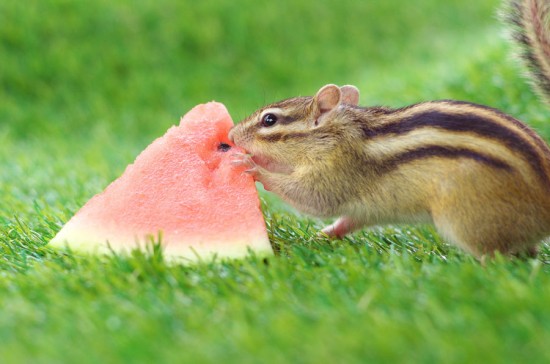 Chipmunks - A Beginner’s Guide
Chipmunks - A Beginner’s Guide
 Ten Ways To Reduce Motion Sickness In The Dog Without Medications
Ten Ways To Reduce Motion Sickness In The Dog Without Medications
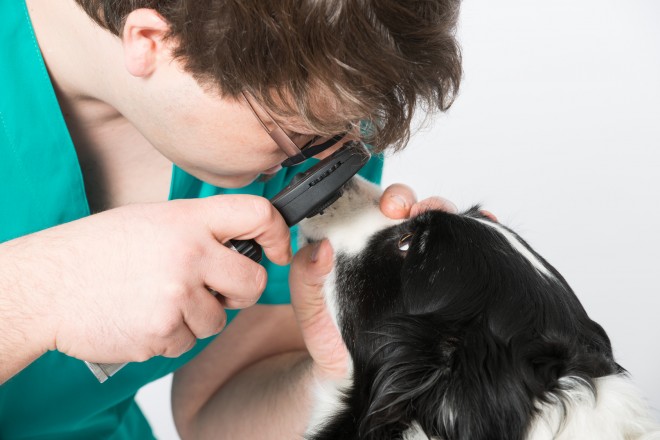 How Would You Know If Your Dog Was Losing Their Eyesight?
How Would You Know If Your Dog Was Losing Their Eyesight?
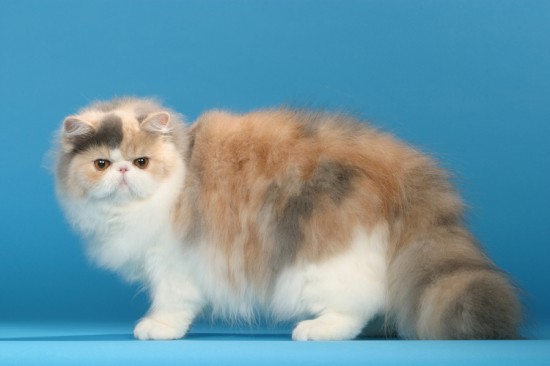 Pedigree Cats Exposed - Could Cats Be Next Under The Spotlight?
Pedigree Cats Exposed - Could Cats Be Next Under The Spotlight?
 Ultimate Way To Learn About These Amazing Creatures
Ultimate Way To Learn About These Amazing Creatures
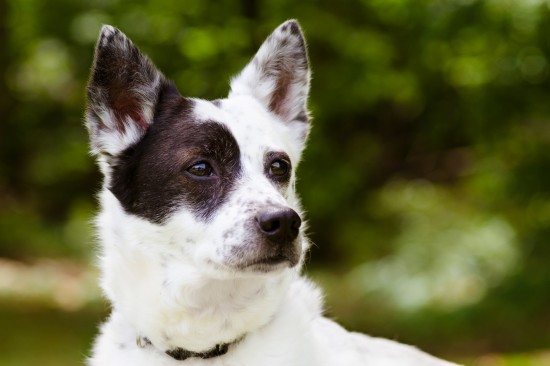 Would You Be Willing To Foster A Rescue Dog?
Would You Be Willing To Foster A Rescue Dog?
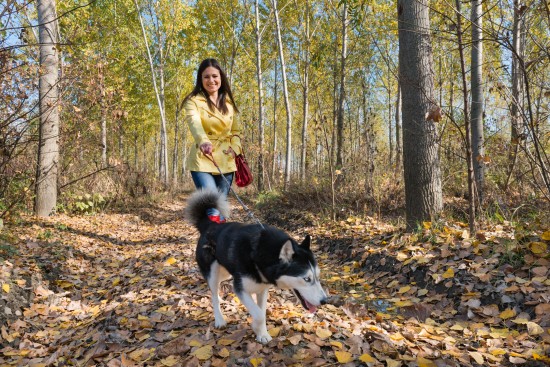 Staying Safe When Walking Your Dog
Staying Safe When
Staying Safe When Walking Your Dog
Staying Safe When
 Nipping Signs Of Resource Guarding In The Bud While Your Puppy Is Young
Nipping Signs Of
Nipping Signs Of Resource Guarding In The Bud While Your Puppy Is Young
Nipping Signs Of
 Signs You May Have Chosen The Wrong Pet Sitter
Signs You May Hav
Signs You May Have Chosen The Wrong Pet Sitter
Signs You May Hav
 Leave It! Five Simple Steps To Training Your Dog Away From Your Possessions
Leave It! Five Si
Leave It! Five Simple Steps To Training Your Dog Away From Your Possessions
Leave It! Five Si
 Alternative Therapies For Dogs
Alternative Thera
Alternative Therapies For Dogs
Alternative Thera